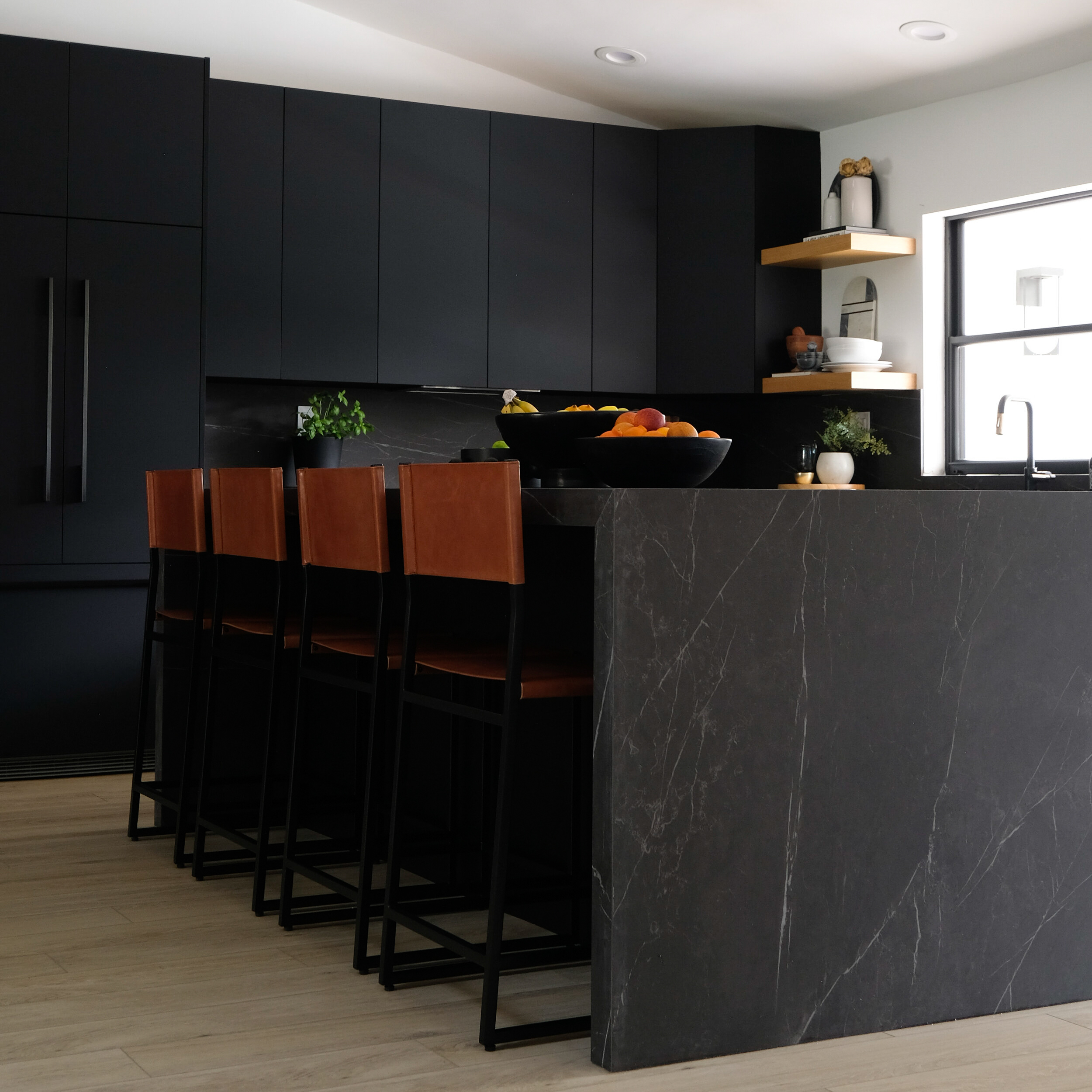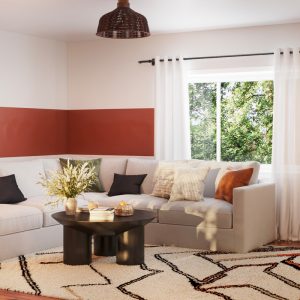
Taking a Closer Look at Suspended Ceilings: The Pros and Cons of an Innovative Design Solution
Suspended ceilings, also known as drop ceilings or false ceilings, are a popular design feature used in both commercial and residential settings to improve the aesthetics and functionality of a space. This article will explore the advantages and limitations of suspended ceilings and why they are becoming increasingly popular in modern interior design.
Pros of Suspended Ceilings
Improved Aesthetics
One of the biggest advantages of suspended ceilings is that they significantly improve the aesthetics of a space. Suspended ceilings can be customized to fit any room size and shape, and can be designed to include lighting, air conditioning systems and other features. Additionally, they can be made with a variety of materials such as wood, aluminum or plastic, giving you a range of options to choose from.
Noise Reduction
Another benefit of suspended ceilings is that they can reduce noise levels in a room by absorbing sound. This can be especially important in spaces that have high traffic such as office buildings or schools.
Concealment of Unattractive Features
Suspended ceilings can help conceal unattractive features such as pipes or ductwork that would otherwise be visible. By concealing these features, you can improve the overall appearance of a space and create a cleaner and more streamlined look.
Energy Efficiency
Suspended ceilings can also help improve the energy efficiency of a space. When designed with insulation materials such as fiberglass, they can help prevent heat loss or gain, reducing energy costs.
Cons of Suspended Ceilings
Cost
One of the biggest drawbacks of suspended ceilings is the cost. They can be significantly more expensive than traditional ceilings, especially when customized features such as lighting and air conditioning are included.
Reduction in Ceiling Height
Suspended ceilings can also reduce the overall height of a room, which may not be desirable for certain spaces such as residential areas or commercial buildings where high ceilings are a desired feature.
Maintenance
Suspended ceilings require regular maintenance to ensure that they remain in good condition. This can be time-consuming and costly depending on the level of maintenance required.
Overall, suspended ceilings are an effective design solution that offer many advantages for both commercial and residential spaces. However, as with any design feature, there are also some limitations to consider. By considering the pros and cons of suspended ceilings, you can make an informed decision on whether they are the right fit for your space.


